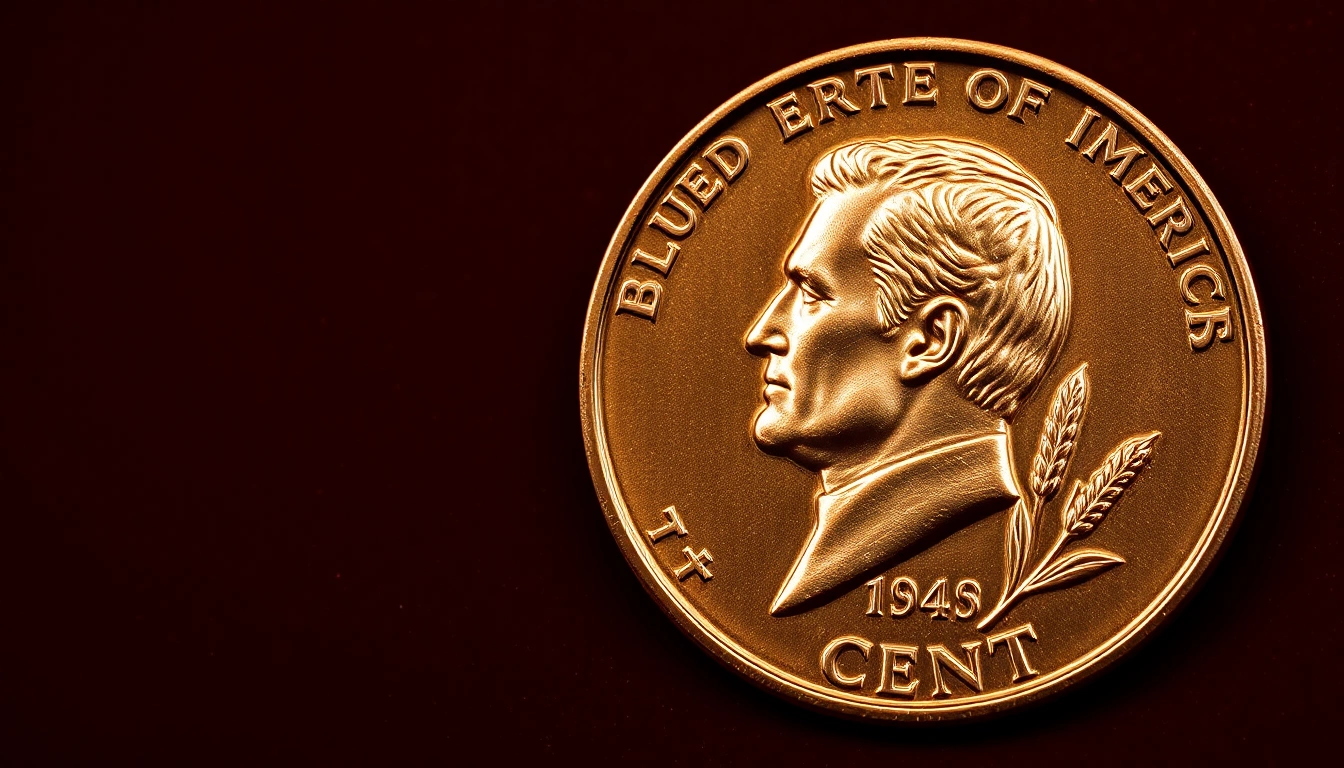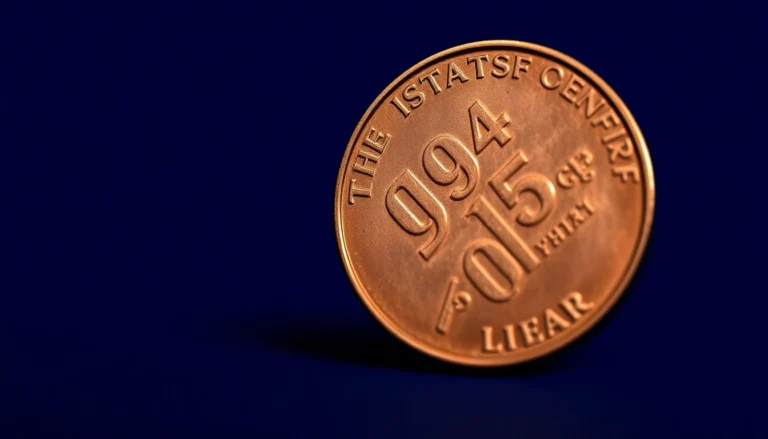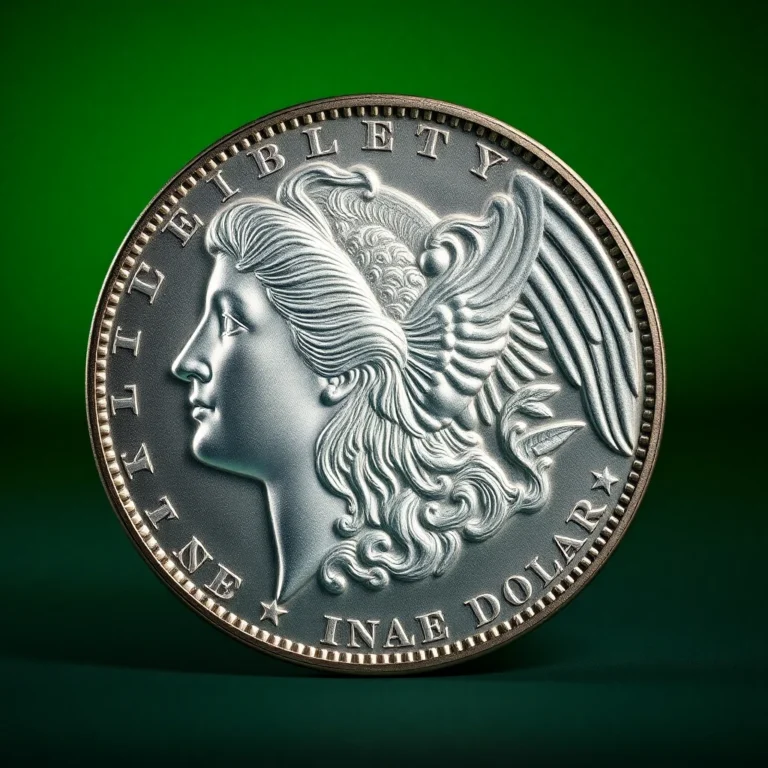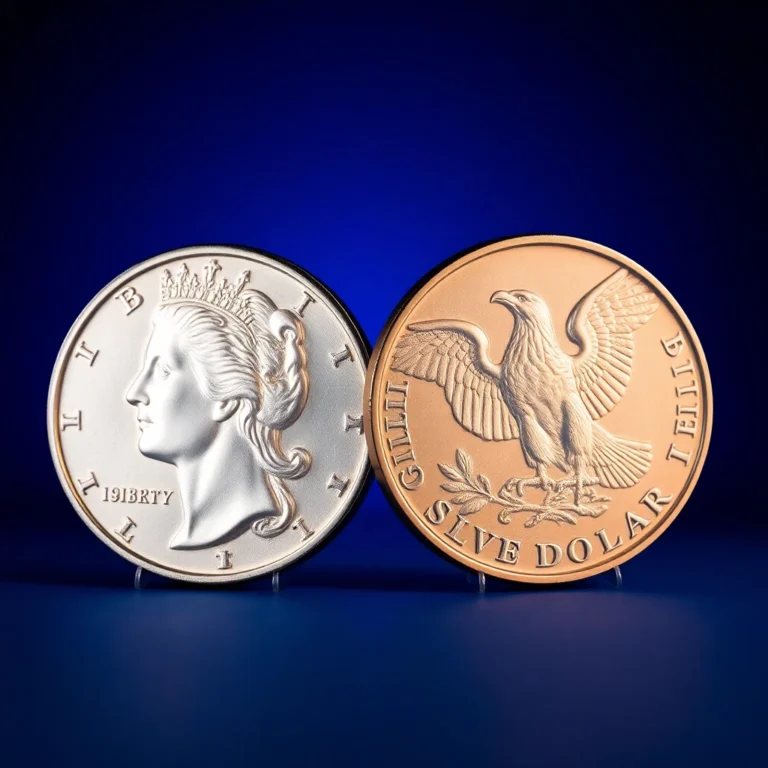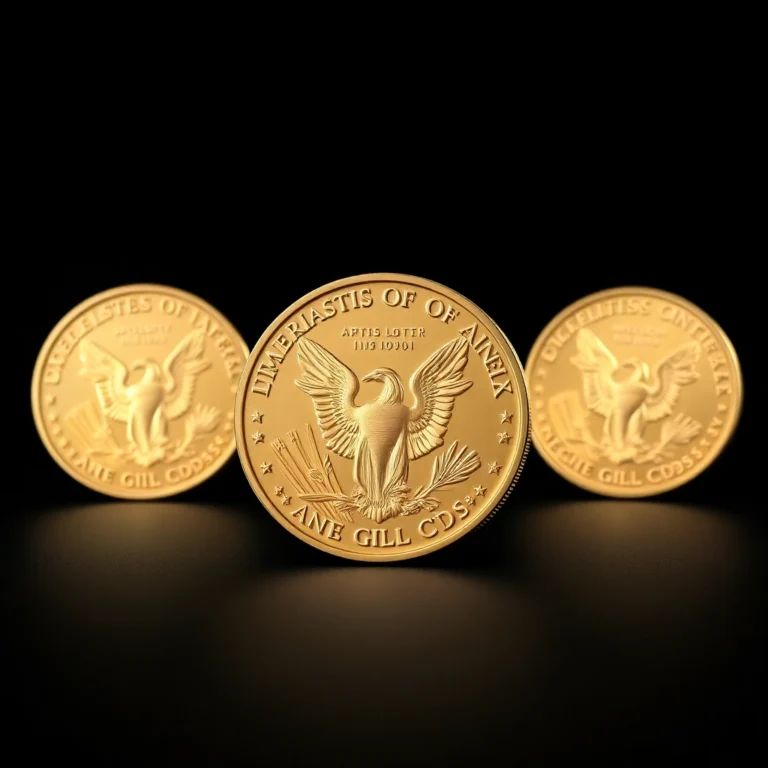Imagine holding a piece of history in the palm of your hand, a coin that has intrigued collectors for decades with its unique anomaly. The 1922 No D Lincoln Wheat Penny stands out not just for its iconic design, but for a minting quirk that has elevated it to legendary status among numismatists. This elusive penny, missing the ‘D’ mintmark normally denoting Denver production, has become a sought-after treasure for both novice and seasoned collectors alike.
In this article, we’ll delve into the nuances of identifying this fascinating coin, exploring the subtle characteristics that distinguish genuine examples from imposters. We’ll also guide you through the intricate process of determining its true market value, ensuring you can confidently assess its worth. Understanding the significance of the 1922 No D Penny is not just about its rarity, but also the story it tells of minting practices and the era it originated from.
As we uncover the secrets of this numismatic gem, you might just discover its unexpected value could turn your pocket change into a collector’s prize. Ready to embark on this journey of discovery? Let’s unveil the mystery behind one of America’s most captivating coins.
Historical Background and Significance
The 1922 No D Lincoln Wheat Penny is a fascinating and highly sought-after coin among collectors. This coin is unique because it was minted during a period of economic adjustment in the U.S., following World War I. The Denver Mint was the only mint producing pennies in 1922, as the Philadelphia and San Francisco Mints did not produce any. Due to a minting error, some pennies from this year were struck without the ‘D’ mint mark, making them rare and valuable. This anomaly provides a peek into the challenges faced by the minting process of the time and holds a special place in the hearts of numismatists.
Physical Characteristics and Design
The 1922 No D Lincoln Wheat Penny bears the iconic design created by Victor D. Brenner. The obverse features the profile of President Abraham Lincoln, while the reverse displays two wheat ears encircling the words “ONE CENT” and “UNITED STATES OF AMERICA.” The missing ‘D’ mint mark on the obverse is the defining characteristic of this error coin. It is made from a composition of 95% copper and 5% tin and zinc, with a diameter of 19 mm and a mass of 3.11 grams.
Mintage Figures and Rarity
The exact number of 1922 No D pennies is unknown, but estimates suggest that only a few thousand were produced due to die wear and improper striking. This makes the coin exceptionally rare and desirable to collectors who specialize in Lincoln cents or error coins. The rarity is compounded by the fact that many examples are found in circulated condition, with uncirculated specimens being extremely scarce.
Known Varieties or Errors
There are three main die pairs associated with the 1922 No D penny, with Die Pair 2 being the most recognized and sought-after due to its strong reverse strike. Other varieties include Die Pair 1 and Die Pair 3, which may have weaker reverses and varying degrees of the missing mint mark.
Value Information
The value of a 1922 No D Lincoln Wheat Penny varies significantly based on its condition and die variety. Below is a table outlining the typical value ranges by grade:
| Grade | Value Range |
|---|---|
| Good (G-4) | $350-$400 |
| Very Good (VG-8) | $400-$500 |
| Fine (F-12) | $500-$750 |
| Very Fine (VF-20) | $750-$1,200 |
| Extremely Fine (EF-40) | $1,200-$2,500 |
| About Uncirculated (AU-50) | $2,500-$4,000 |
| Mint State (MS-60) | $4,000-$8,000 |
| Gem Mint State (MS-65) | $8,000-$12,000 |
Authentication Tips
To authenticate a 1922 No D Lincoln Wheat Penny, closely inspect the obverse for the absence of the ‘D’ mint mark. Use a magnifying glass to check for wear patterns and compare with known authentic specimens. Die Pair 2 coins often have a strong reverse and weak obverse, which can help in identification. Additionally, consulting with a professional grading service can provide further assurance of authenticity.
FAQs
What factors affect the value of a 1922 No D Lincoln Wheat Penny?
The value of a 1922 No D Lincoln Wheat Penny is influenced by its condition, rarity, and demand among collectors. Coins with higher grades, such as those certified as Extremely Fine (EF) or About Uncirculated (AU), typically command higher prices. Additionally, the presence of strong details, especially in the date and wheat stalks, can significantly increase a coin’s value.
How can I authenticate a 1922 No D Lincoln Wheat Penny?
To authenticate a 1922 No D Lincoln Wheat Penny, examine the coin under magnification for the absence of the mint mark, as well as the distinct die characteristics such as a weak strike on the obverse and reverse. Consulting with a professional grading service or using a reputable coin dealer can also help ensure authenticity.
What advice do you have for someone looking to start collecting 1922 No D Lincoln Wheat Pennies?
Start by educating yourself about the different varieties and the historical context of the 1922 No D penny. Networking with other collectors through clubs or online forums can provide valuable insights. Always buy from reputable dealers or auctions, and consider joining a numismatic association to stay informed about market trends and best practices.
Why is the 1922 No D Lincoln Wheat Penny historically significant?
The 1922 No D Lincoln Wheat Penny is significant because it is one of the few instances in U.S. minting history where a coin was produced without a mint mark due to a die error. This makes it a fascinating piece for collectors interested in minting anomalies and early 20th-century coinage.
What are the common varieties or errors associated with the 1922 No D Lincoln Wheat Penny?
The most notable variety of the 1922 No D penny is the “Strong Reverse” type, which features a well-defined reverse. There are also “Weak Reverse” and “Very Weak Reverse” varieties, which are less desirable. Collectors should be aware of these differences, as they greatly affect the coin’s value and desirability.
